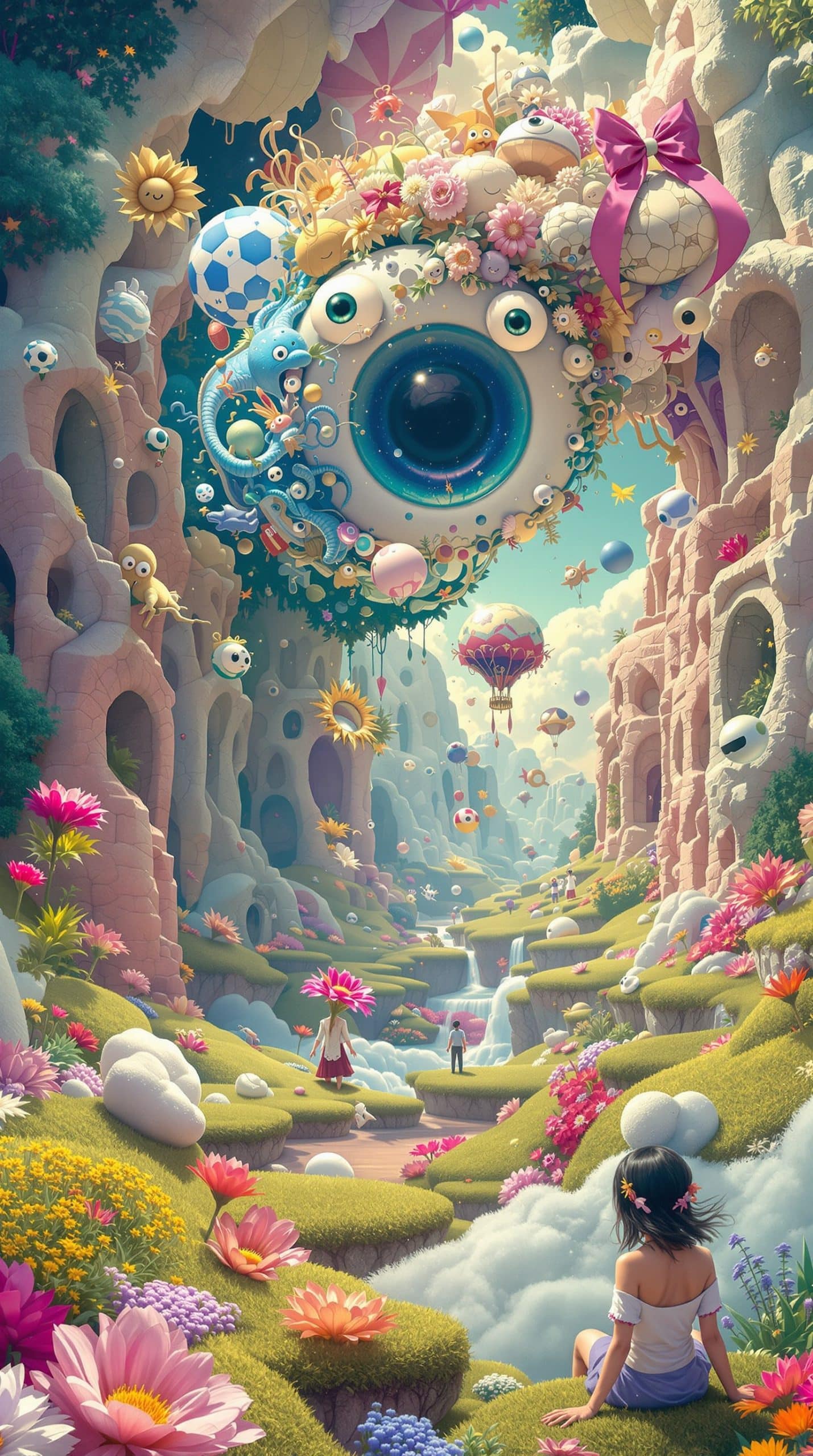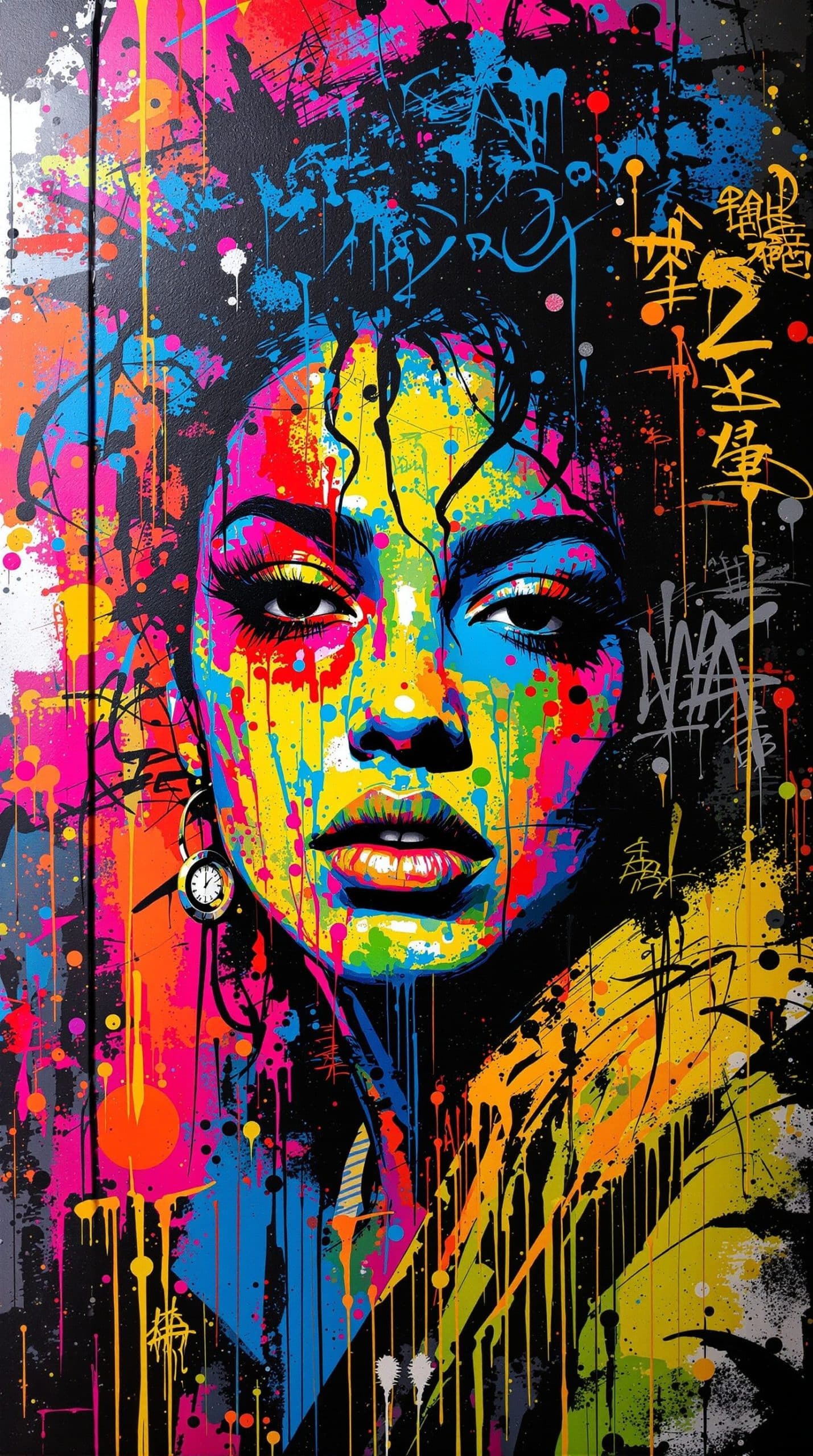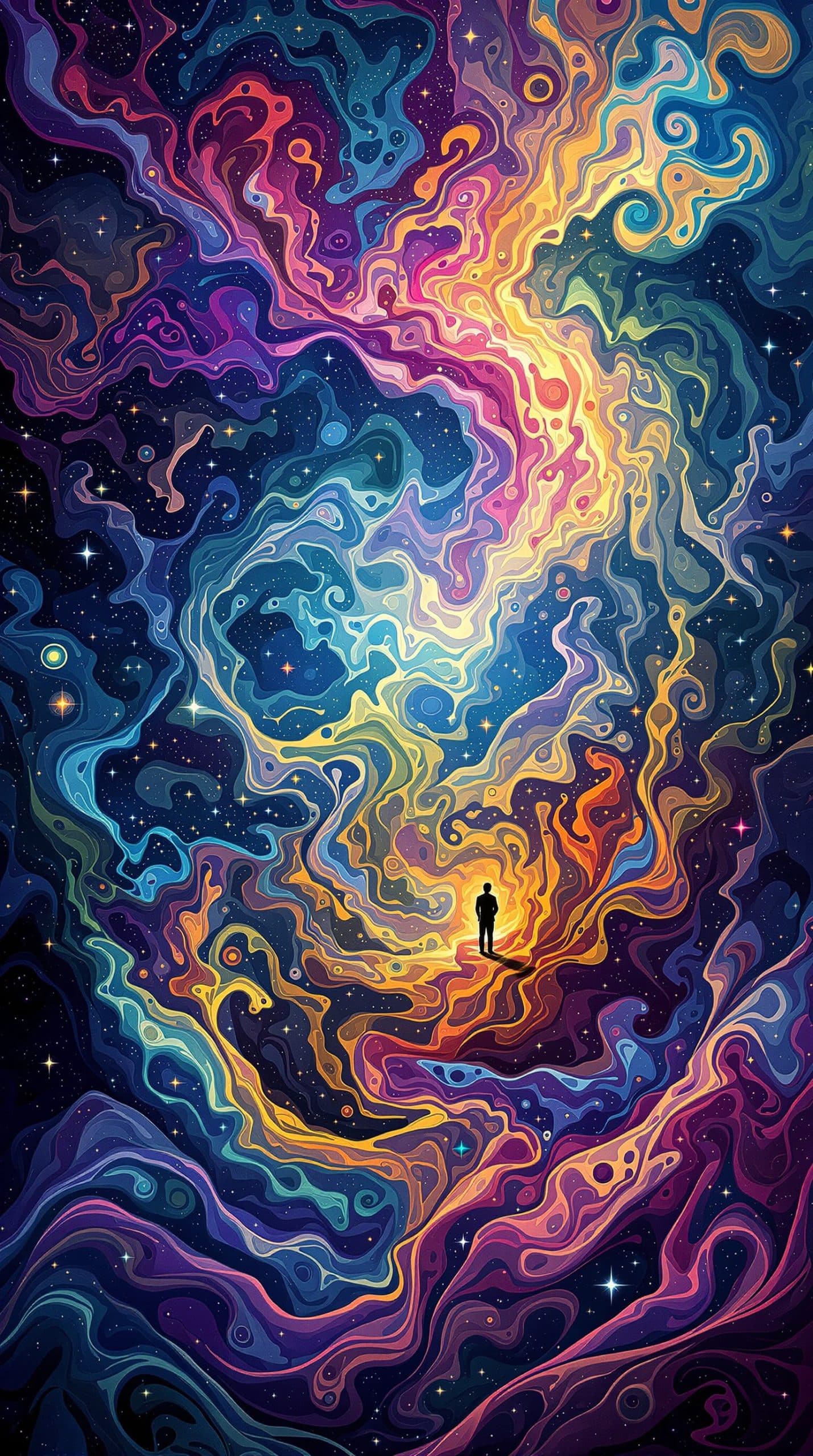Filters
Available Artwork
Artist By Country
Showing the single result
Other styles of paintings you may like
Origins of Green Painting:
The colour green, closely associated with nature, life, and vitality, has inspired artists for centuries despite being one of the most challenging colours for early artists to produce and control, requiring ingenuity and experimentation. Evidence suggests that Egyptians used natural malachite, a copper carbonate mineral, to create a green pigment for their tomb murals and iconography. Green held symbolic meaning, signifying rebirth and regeneration in Egypt. They also used less expensive green earth pigment or mixed yellow ochre and blue azurite. To dye fabrics green, they first coloured them yellow with dye made from saffron and then soaked them in blue dye from the roots of the woad plant. Even in the wall paintings, the ruler of the underworld, Osiris, was typically portrayed with a green face because green was the symbol of good health and rebirth. The Romans held much higher regard for the colour green; it was even associated with Venus, their goddess of gardens, vegetables, and vineyards. They created an excellent green earth pigment that was extensively used in the wall paintings found in cities like Pompeii, Herculaneum, Lyon, and Vaison-la-Romaine. They also produced verdigris, a pigment made by soaking copper plates in fermenting wine. By the second century AD, the Romans commonly used green in their paintings, mosaics, and glass, and they even had ten distinct Latin words to describe different shades of green.
In the Middle Ages and Renaissance, Green quickly became the colour associated with the gentry, or upper class, while red symbolised nobility, and brown and grey were worn by peasants. For example, the green dress worn by Mona Lisa in Leonardo da Vinci's famous painting (c.1503-06) indicates her status as a member of the gentry. In the 18th and 19th centuries, green was associated with the romantic movement in literature and art. In the latter half of the 19th century, artists began using green to evoke specific emotions rather than solely for realism. American artist James McNeill Whistler was a pioneer in this, making colour the focus of his works. He created a series of paintings, which he called "symphonies" or "nocturnes" of color, including "Symphony in Gray and Green: The Ocean" between 1866 and 1872. Artists like Van Gogh followed its systematic study; in his works, it was depicted, for example, in his 1888 painting “The Night Cafe.”











